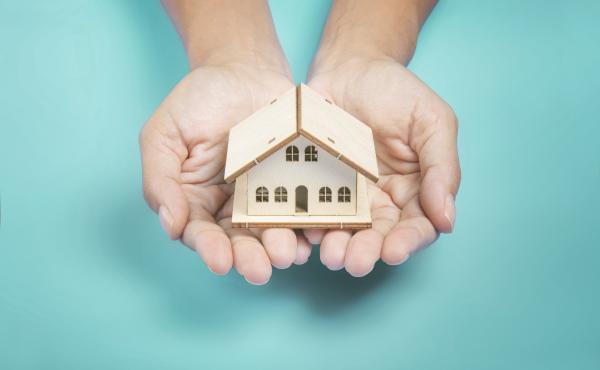The label of 'care'
People don’t want to buy care or to be cared for as that implies they are giving in. They want to live life, to keep doing the things they love, to spend time with friends and family. Laugh, cry, have fun!
Normal things. Just like me, and just like you. Older people are us not ‘them’, after all.
So by starting a conversation about later life by mentioning care or care needs, we instantly define a person by what they can’t do. We’re putting a label on them and reverting to a medical approach where people are often viewed through the lens of their diagnosis.
Much like disability services where advocates argue against defining a person by their disability, isn’t it time we stopped defining people by their age or care needs?
Ageism truly seems to be the last acceptable ‘ism’ in this country and it is perpetuated by the Government and a sector that talks about ‘delivering care’ to a group of people based on their date of birth.
The Government has been trying to get people to prepare for their later life for years. Yet this is largely failing as older people don’t want to ‘plan for care’. And is it any wonder? The connotations of the word care can make people feel vulnerable, like they are approaching death rather than embracing life.
No amount of advertising will ever get people to plan for care so let’s plan for life instead, and tackle the challenges that are stopping older people from enjoying a good old age and contributing to their community.
International experiences
In our view, isolation is one of the biggest issues facing our older generation.
Anyone who has experienced loneliness understands the value of company, connectedness and daily purpose. Loneliness sees an alarming number of people enter institutionalised nursing homes, puts a strain on our health system, and is the biggest predictor of an early death according to geriatricians.
If we’re going to address this then the emphasis must be on people and relationships over care.
This is where the small household model, on which Evermore is based, can make a really important impact, as evidenced by The Green House Project in the US and De Hogeweyk Dementia Village in the Netherlands.
Within small households the building’s design and the staffing model is focused on enabling people to retain connections. Apartments are clustered around a central kitchen and hearth, which puts them at the heart of the action.
Residents live in small groups of up to 12 people and it is much more like a family home than an institution. They are encouraged to take an active part in the running of the household; from sharing meals together family-style to contributing to daily social activities. They’re also supported to go out and socialise, maintaining those vital links to their community.
In the small household model, staff are the magic ingredient and the key difference to any other approach to supported living. They work in self-managed teams and their role is universal – from running the household budget to providing personal care. They also bring groups of individuals together to form an intentional community, while providing a safety net in the background should it be needed.
Staff members focus on what people can do, not what they can’t do. They can do this if they have the time to develop a meaningful relationship and get to know the individual. How can they have the time to do this? If they given autonomy to make decisions, are freed from time consuming administration, and work with small numbers of people on an ongoing basis.
The importance of relationships
In a small household environment residents aren’t defined by their illness, and illness is not the sole basis interaction. Staff members respond to the individual and provide support based on their abilities, building on their strengths and finding ways to compensate for the losses brought about by any illness.
There is a common theme in all of this: relationships. People aren’t meant to be solitary and we know the damaging and debilitating effects loneliness and a lack of connection can have.
If we all start thinking of older people as people just like us who need connection in their life, I think we’ll start seeing true innovation.
The views expressed in this blog are those of the blog’s author alone and do not necessarily represent those of Independent Age. Independent Age is not responsible for the accuracy of the information supplied in blogs by external contributors.
